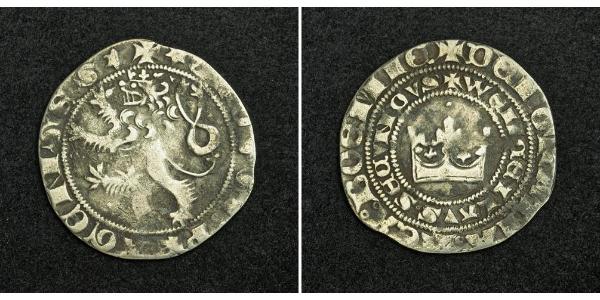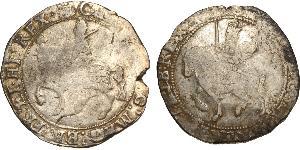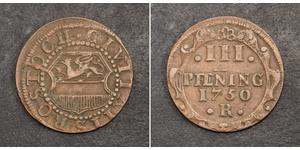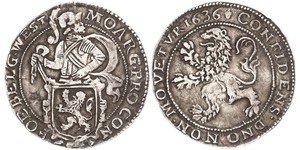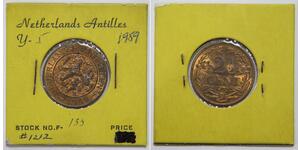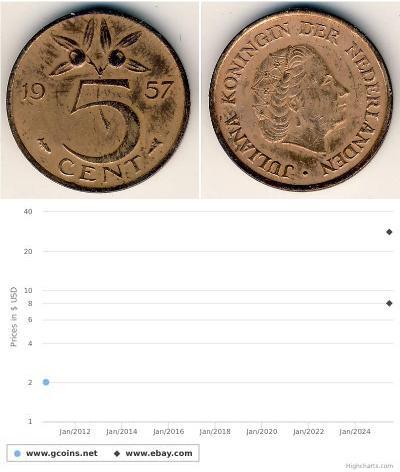(售价 $56.0)
1305, Bohemia, Wenceslaus II. Scarce Silver Prague Grossus Coin. R!
Mint period: 1278-1305 AD.
Denomination: Prague Grossus ("Pragergroschen").
Reference: Donebauer 807, Castelin 5, Dietiker 48. R!
Condition: Dark oxidation deposits, lightly shaved (reduced rim), otherwise VF.
Diameter: 25mm
Material: Silver
Weight: 2.96gm
Obverse: Lion rampant left, within inner circle. Legend around.
Legend: + * GROSSI PRAGENSES *
Reverse: Crown with two fleur de lis symbols inside, pellet above, two bands of legends around.
Legend: +WENCEZLAVS.SECVNDVS / +DEI:GRATIA:REX:BOEMIE
From 960-1260, coins circulated freely only in areas surrounding Prague, creating a trading network with some specialization. In the rural areas, peasants continued to trade food and forest products for manufactured goods, while in the farther regions of Bohemia the economy remained centered in tribal hillforts and the immediate local availability of goods.
However, everything changed with the discovery of silver mines in Bohemia. From 1250-1412, preciousmetalproduction shifted from western europe to Bohemia. The massive output of silver mines at Jihlava enabled King Otakar II to draw 2000 marks, or 4 tonnes of silver, per year for his own personal coffers. In 1298, Kutna Hora's silver stores were discovered and in its first, this mine produced 6.5 tonnes of silver. Although throughout its operation 1298-1420, the diminishing output ended up averaging two tonnes of silver per year.
The new supplies of silver and gold flooded economies everywhere in East Central Europe, leading to inflation in price and a suddenly very wealthy international merchant class. Coin issues were regularized with the new large groschen. This coin was the heaviest coin struck in Bohemian history, leading to its name "denarius grossus," or "heavy dinar". The Prague Grossus was first struck in Kutna Hora in 1300 by King Vaclav II.
As far as income goes, a skilled artisan or mercenary soldier in 15th century Prague made 1 groschen per day as a wage or living allowance.
em>.
Wenceslaus II (1278 - 1305) King of Bohemia, Premyslid (September 17, 1271 – June 21, 1305) was King of Bohemia (1278 - 1305), Duke of Cracow (1291 - 1305) and King of Poland (1300 - 1305).
He was the only son of King Ottokar II "the Great" of Bohemia and Ottokar's second wife Kunigunda. Kunigunda was the daughter of Rostislav, lord of Slavonia, son of a Grand Duke of Kiev and Anna of Hungary, daughter of Béla IV of Hungary. Wenceslaus's father died in battle August 26, 1278, shortly before Wenceslaus's seventh birthday.
Before Wenceslaus became of age, the government was handled by Otto IV Margrave of Brandenburg, who is said to have held Wenzel captive in several locations. Later his mother's secret husband, Záviš of Falkenštejn ruled for him.
On January 24, 1285, Wenceslaus married Judith of Habsburg, daughter of Holy Roman Emperor Rudolf I, to whom he had been betrothed since 1276. In 1290 Wenceslaus had Záviš beheaded for alleged treason and began ruling independently.
In 1291 Przemys? II, High Duke of Poland, ceded the sovereign duchy of Krakow to Wenceslaus. Kraków was associated with the overlordship of Poland, but Przemys? held the other duchies and in 1295 was crowned King of Poland. After Przemys?'s death in 1296 Wenceslaus became overlord of Poland and in 1300 was crowned King of Poland. He was planning to invade Austria when he died in 1305. He was succeeded by his son, Wenceslaus III (Václav III.), last of the P?emyslid kings in male line.
In 1298 silver was discovered at Hory Kutné (Kutná Hora, Kuttenberg) in Central Bohemia. Wenceslaus took control of the mine by making silver production a royal monopoly, and issued the Prague groschen with became the most popular of the early Groschen-type coins. Kutná Hora was one of the richest European silver strikes ever: between 1300 and 1340, the mine may have produced as much as 20 tons of silver a year.
In 1301, Wenceslaus' kinsman Andrew III of Hungary died and with him the Árpád dynasty in male line. Wenceslaus was one of the relatives who claimed the throne, and he accepted it from a party of Hungarians on behalf of his young son in the same year. They never succeeded in having more than a portion of Hungary submitted under their rule.
Queen Judith had died in 1297. Wenceslaus's second wife was Elisabeth Richeza, daughter of Przemys? II, King of Poland 1295 - 1296. After Wenceslaus's death, she married Rudolph of Habsburg, duke of Austria, who also became king of Bohemia for a brief period in those unruly years.
2 1/2 Cent 荷兰
本组有 18 钱币 / 14 售价
⇑

